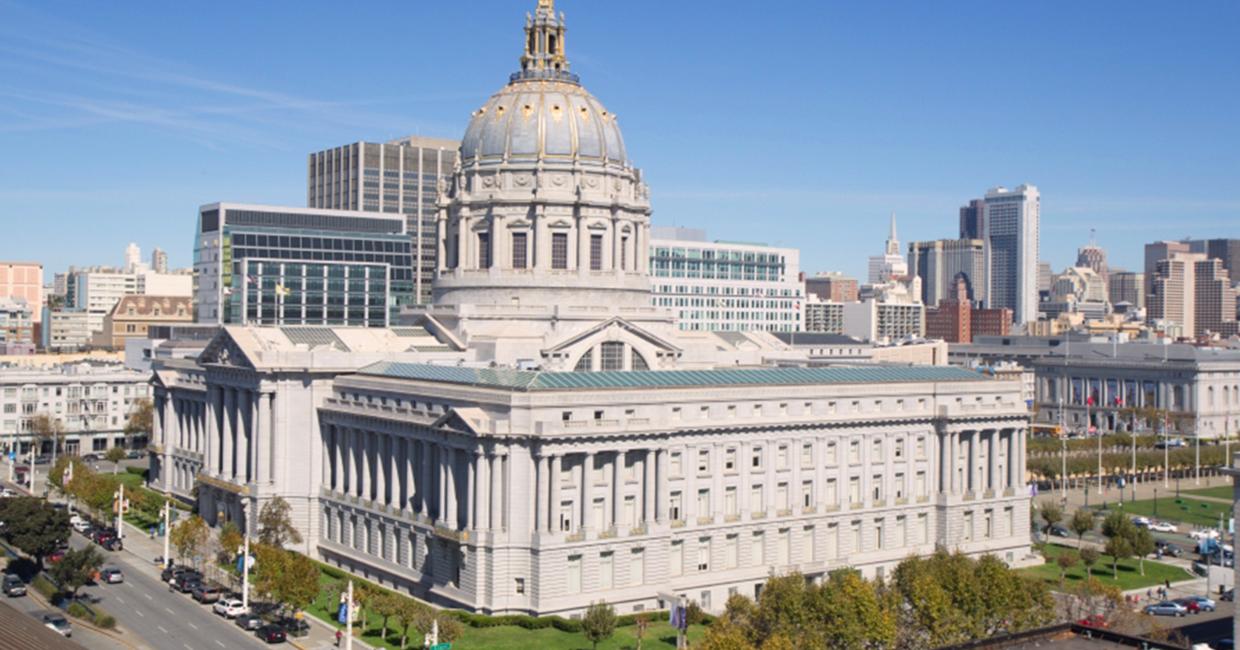It is not a surprise to see PG&E once again asking its customers to dig into their own pockets to pay for its mistakes. It’s how the utility wriggled out of its first bankruptcy two decades ago, and how the company emerged from its most recent bankruptcy in 2020.
Sure enough, here we are again, with a move straight out of the corporate monopoly playbook: PG&E is poised to receive approval soon of its proposal to raise its gas and electric rates by as much as $35 per month ($400 per year) for the average PG&E residential customer. That’s on top of a 50% increase just in the last three years.
And PG&E is unlikely to stop there.
PG&E claims that its costs have gone up, so electric bills must follow suit. While the company certainly has seen its financial liabilities climb into the billions after years of negligence in maintaining its grid, that hasn’t stopped it from paying its new CEO more than $50 million a year or asking a bankruptcy court to approve paying more than $450 million in bonuses.
For many San Francisco customers, PG&E is best known for mysterious power outages, delaying power hookups for new affordable-housing projects, and overcharging on public projects such as a children’s museum, rec centers and transit upgrades.
This question has been asked before, but it’s worth asking again: Why should we put up with this?
The answer is: We shouldn’t. PG&E is not the only option for electric service. There are successful public power utilities up and down our state, from Redding to Los Angeles.
In California and across the country, public power utilities have proven track records for providing safer, more-reliable, and more-affordable power than investor-owned utilities. That’s in part because their cost structure is different.
Public utilities don’t need to turn a profit to pay executive bonuses or Wall Street investors. They also don’t have to pay corporate income taxes and can often borrow money for major improvements at lower interest rates than PG&E.
The San Francisco Public Utilities Commission has been providing clean, safe, and reliable Hetch Hetchy hydropower to San Francisco for more than 100 years. Our public power serves an array of city services, including our airport, libraries, general hospital, and Muni transit system. Through our Hetch Hetchy hydropower and the clean energy we buy for CleanPowerSF, we currently provide about 75% of the electricity used in San Francisco.
We generate and supply most of the power for San Francisco, but PG&E controls the local electric grid in the city. PG&E has used its position as the monopoly grid owner to frustrate, delay, and increase costs for our public power services. In addition to constantly increasing the price for the grid access it provides the SFPUC to deliver city power, PG&E imposes unnecessary and unreasonable requirements on the City when we try to connect our public projects.
All of these delays and unnecessary requirements add up. In the past four years alone, PG&E has cost San Franciscans more than $30 million in estimated additional equipment costs, delays, redesign costs and lost revenue. These resources are being taken away from the City’s other funding priorities such as affordable housing, parks and public safety.
That is why the City of San Francisco is moving forward with our effort to purchase the local electric grid from PG&E and expand our public power system. That will allow all San Franciscans to benefit from safer, cleaner, more affordable electricity as Congress intended more than 100 years ago when it gave San Francisco the right to develop a hydroelectric system to compete with corporate monopolies such as PG&E.
This story was originally published in the SF Examiner Forum on October 4, 2023.


